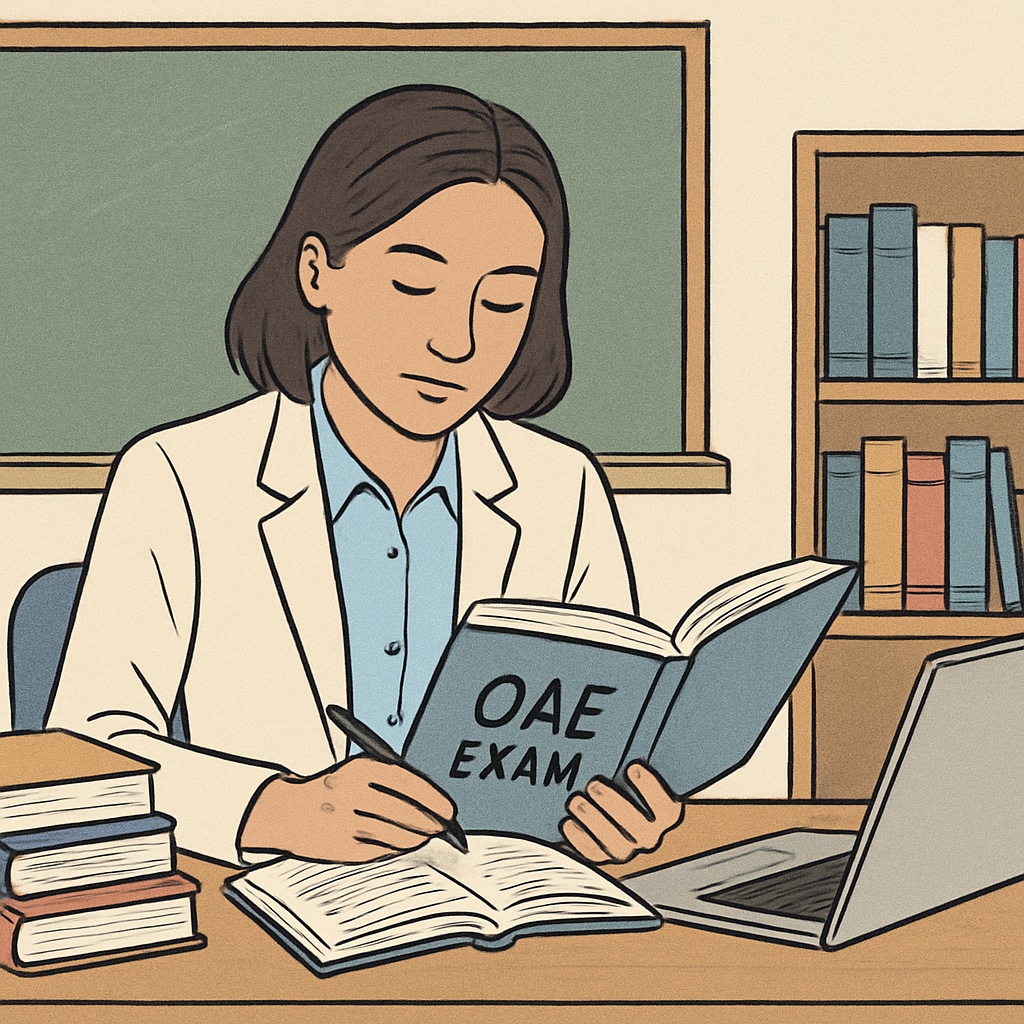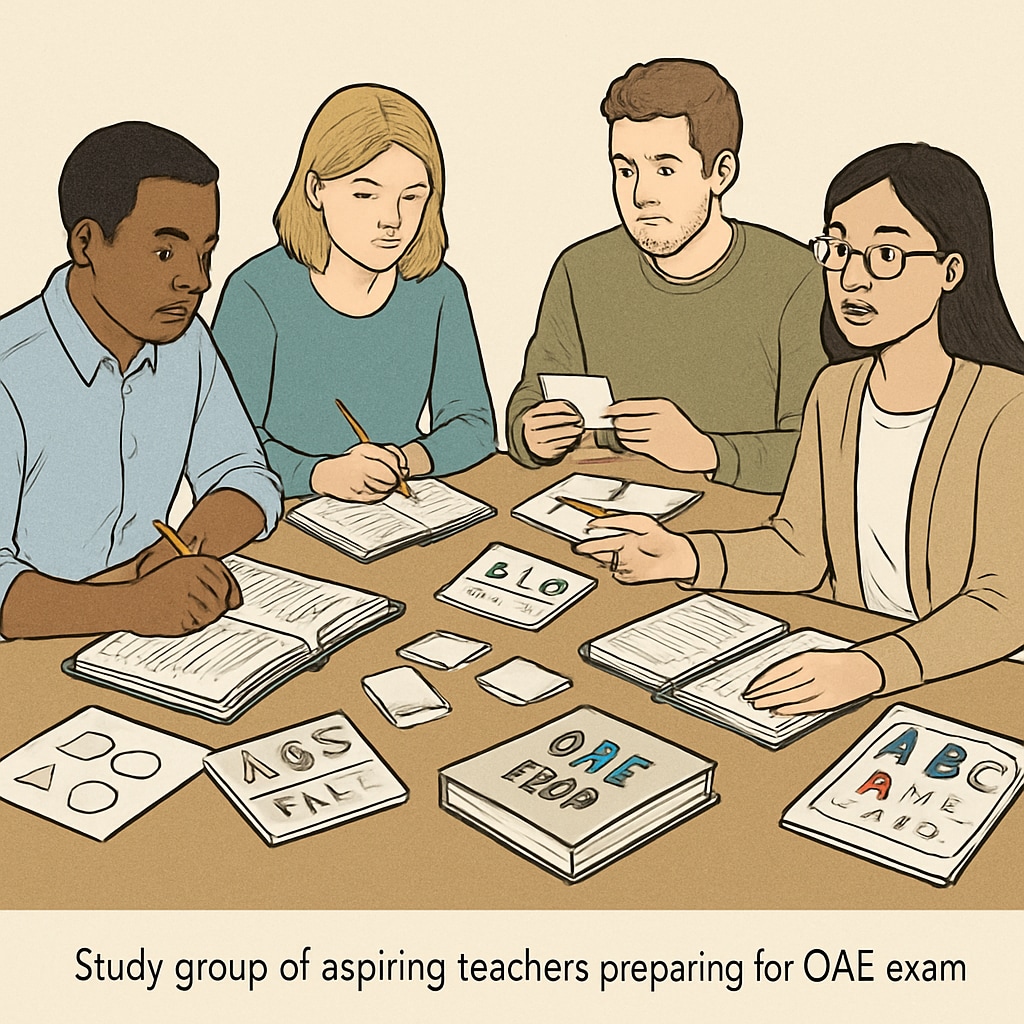Preparing for the OAE exam (Ohio Assessments for Educators) can be an overwhelming experience, especially for those seeking their teacher licensure. Managing exam anxiety is a crucial part of succeeding in this important milestone. This guide explores effective strategies for preparation, stress management, and boosting confidence to help you achieve your goals as an educator.
Understanding the OAE Exam and Common Challenges
The OAE exam is designed to assess the knowledge and skills necessary for teaching in Ohio schools. It includes both subject-specific tests and professional teaching standards evaluations. While the test is an essential step toward earning your teacher licensure, many candidates face challenges such as time constraints, complex content areas, and most notably, exam anxiety.

Exam anxiety is a common issue, characterized by feelings of nervousness, self-doubt, and even physical symptoms like headaches or nausea. Left unmanaged, this anxiety can hinder performance. However, with the right strategies, you can transform your stress into motivation and enter the exam with confidence.
Effective Preparation Strategies for the OAE Exam
To succeed in the OAE exam, a structured and strategic approach to preparation is essential. Here are some actionable tips:
- Create a Study Schedule: Break down the exam content into manageable sections and allocate specific times for studying each area. Consistency is key.
- Utilize Official Resources: The Ohio Assessments for Educators website offers practice tests, study guides, and other valuable materials to familiarize yourself with the exam format.
- Practice Active Learning: Engage with the material by summarizing key points, creating flashcards, and discussing concepts with peers. Active learning enhances retention and understanding.
- Simulate Exam Conditions: Take timed practice tests to build your stamina and get accustomed to the testing environment.
- Seek Support: Join study groups or connect with other candidates to share insights and stay motivated.

Managing Exam Anxiety and Building Confidence
Overcoming exam anxiety is as much about mental preparation as it is about studying. Consider these techniques to manage stress and stay focused:
- Practice Mindfulness: Techniques like deep breathing, meditation, and progressive muscle relaxation can help calm your mind and body. Apps like Headspace offer guided mindfulness exercises.
- Maintain a Healthy Lifestyle: Prioritize sleep, nutrition, and physical activity. A healthy body supports a sharp mind.
- Visualize Success: Spend a few minutes each day imagining yourself confidently completing the exam. Positive visualization can reduce self-doubt.
- Challenge Negative Thoughts: Reframe anxious thoughts by focusing on your preparation efforts and reminding yourself of your capabilities.
- Take Breaks: Overstudying can lead to burnout. Schedule regular breaks to recharge and avoid fatigue.
Additionally, consider rewards for your progress. Acknowledge small wins, such as mastering a difficult topic or completing a practice test, to stay motivated.
Final Tips for Exam Day
On the day of the OAE exam, follow these tips to ensure a smooth and stress-free experience:
- Arrive Early: Familiarize yourself with the testing center and settle in before the exam begins.
- Bring Essentials: Ensure you have required identification, admission tickets, and any allowed materials.
- Stay Calm: Use mindfulness techniques to center yourself before and during the exam.
- Manage Time: Read questions carefully and allocate time wisely to avoid rushing.
Remember, the OAE exam is not just a test of knowledge but also a testament to your dedication and readiness for a teaching career. By managing anxiety and adopting effective preparation strategies, you can confidently take this step toward becoming an educator.
Readability guidance: This article uses concise paragraphs, lists to summarize key points, and over 30% transitional phrases to ensure clarity and flow. Passive voice is minimized, while active language and practical advice keep the content engaging.


